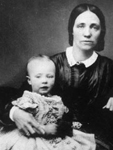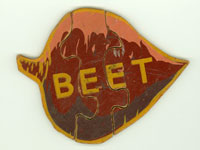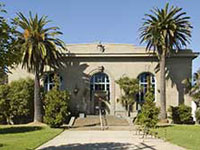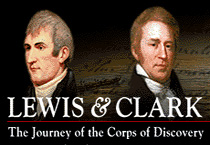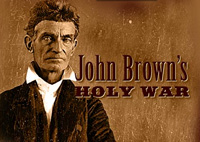Online Nevada Encyclopedia (ONE) is a succinct website focusing on themes related to the state’s history, geography, politics, economy and society. Ten thematic sections, such as "Mining," "Gaming and Tourism," and "Nuclear Nevada," appear on the left side of the homepage. When clicking on a topic, a short introduction appears followed by three to 24 article subcategories (104 subsections in all.) Educators will find the "Media Gallery" helpful in these subsections; the rich imagery is one of the positive elements of this site. Suggested readings and website links can be found at the conclusion of many articles, providing meaningful connections for teachers and students.
Viewers can easily access the virtual galleries, as well as maps that highlight popular destinations and topics of interest, from the homepage or content entries. Alphabetical indices list authors, content, and media, and exhibit galleries offer more information on people and topics in Nevada.
ONE, a project of Nevada Humanities, gives a clear representation of this state. Utilizing the website as a resource will help students understand the diversity of Nevada.
